The Ultimate Guide for Water-Loving Plants
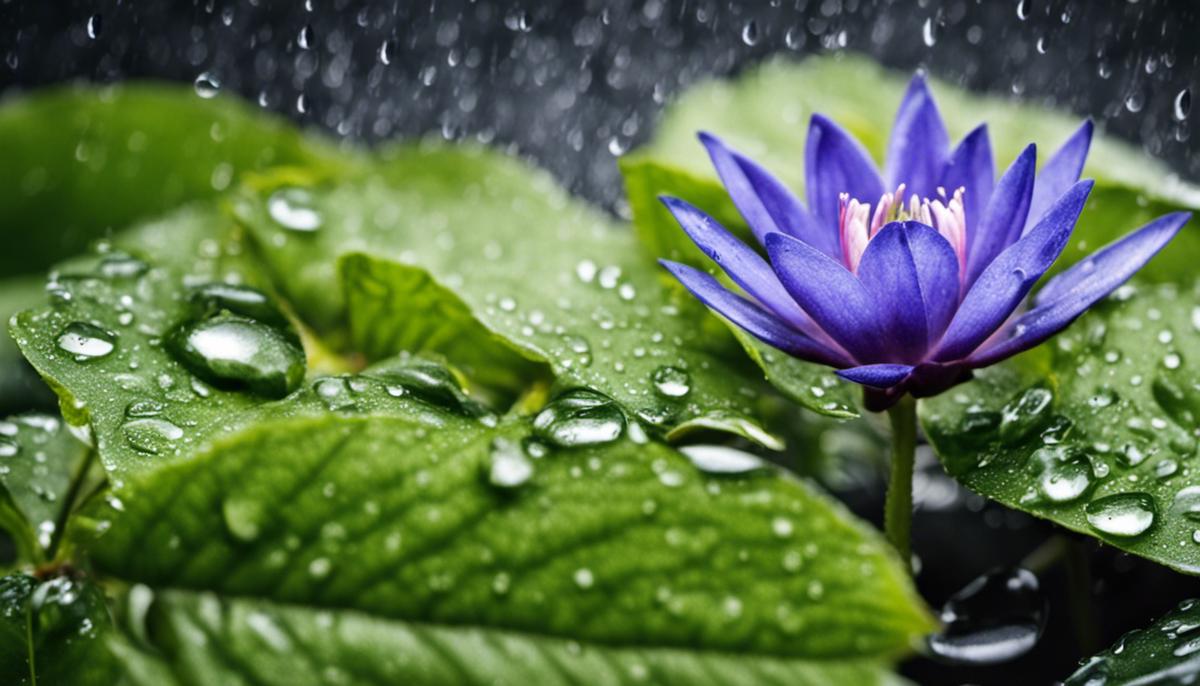
Just as our bodies crave water to perform optimally, so too do many plants require a plenty of this essential resource. The rich diversity of water-loving plants present a broad spectrum of captivating foliage, striking features, and bold colors that can elevate any garden. This journey into the fascinating world of water-thirsty plants will equip you with the knowledge to identify them, understand their water needs, care for them optimally, and tackle the most common issues they encounter. Whether your thumb is green or still seeking its horticultural hue, this exploration promises to enlighten your understanding and ignite your passion for nurturing plants that thrive with an abundance of water.
Identifying Plants that Love Water
Get ready plant enthusiasts, as we embark on an exciting journey to optimize the health of our beloved leafy friends! Determining whether a plant prefers rainy showers or desert sunshine requires an understanding of their natural habitats and specific characteristics. So if you’re ready, let the discovery commence!
First and foremost, the term water-loving means that a plant thrives in water-saturated soil and requires more moisture than your average house plant. On the other hand, drought-tolerant plants are champions of survival in low-water conditions and often originate from arid regions. But the question arises, how can we distinguish between the two?
Natural habitat is the first and perhaps one of the most comprehensive clues. The region or climate where the plant naturally grows speaks volumes about its water tolerance. Ferns originating from tropical rainforests or Hydrangeas from Asia, love ample water, just as much as Cacti from the deserts of Mexico and Succulents from the arid sub-Saharan Africa, thrive in drought conditions.
Analyzing physical attributes provides tangible evidence. Can’t trace the roots of your plant? Fear not! Certain physical traits also indicate whether plants are water-loving or drought-tolerant. Needles, waxy leaves, and succulence are characteristic traits of drought-tolerant plants, helping them retain moisture internally for dry spells. Contrastingly, plants possessing thin, light green leaves are generally thirsty for water.
The plant behavior also winks at the water preference. For instance, Wilting can be an SOS message from a water-loving plant denied its moisture fix, while yellow leaves in succulents may indicate waterlogging. Similarly, some drought-tolerant plants will exhibit slower growth or shed leaves to conserve moisture.
Learning your plant’s backstories makes all the difference. The more you can appreciate where they came from, the better you can mimic those conditions and promote a vibrant, healthy life. You can become more fluent in the language of plants and their water needs by observing them closely, which is an immense part of the fun and fulfillment of this wonderful hobby!
Let’s keep exploring, keep learning, and keep growing (with our plants, of course!). Because, my fellow green thumbs, each plant has a unique story to tell, and discovering that story would only deepen our connection with these beautiful pieces of nature. What’s your plant’s water story?
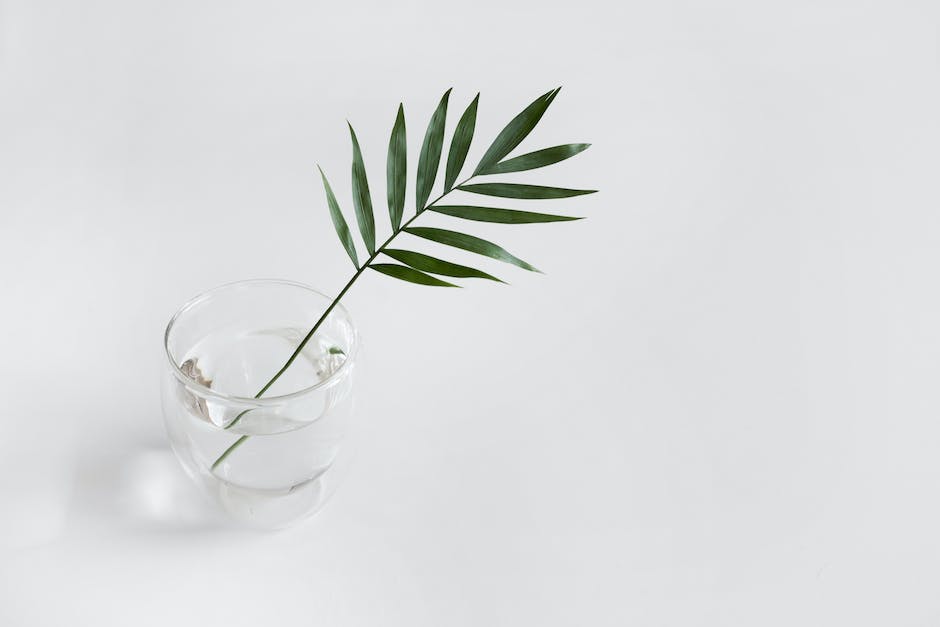
Understanding the Water Needs of Plants
A Deep Dive into Plant Water Requirements and Utilization: Beyond the Obvious
Many factors can influence a plant’s water requirement, and even the process through which plants absorb and utilize water is a unique orchestration of nature’s marvels. Truth be told, understanding these intricate connections can transform your gardening experience, adding layers of knowledge that enhance your relationship with your leafy buddies. Let’s dive in!
Temperature and Humidity:
These environmental factors play key roles in dictating a plant’s water needs. Colder, humid climates reduce the need for frequent watering, as evaporation rates are lower and moisture remains in the soil for longer. Conversely, in warm, dry climates, plants often demand more frequent watering. It’s a simple equation: more sun and heat evaporate water faster, leaving parched plants in need of a drink.
Soil Composition:
Different soils retain water differently. Sandy soil, for example, drains water quickly, making plants thirstier. On the flip side, clay soil retains water for longer periods. By understanding the type of soil in your garden, you can adjust your watering habits to prevent overwatering or underwatering.
Plant Age and Size:
Larger, mature plants typically require more water than their younger, more compact counterparts. They have larger root systems that can absorb and store more water. Meanwhile, seedlings and young plants generally need less but more consistent watering to encourage root development.
When it comes to how plants absorb and use water, it’s a masterclass in biology. Root hairs absorb water from the soil, which then travels up the plant through specialized conduits called xylem. This process, called transpiration, is essentially the plant’s equivalent of inhaling. The water reaches the leaves, contributing to vital functions such as photosynthesis and nutrient transportation. Added bonus: the evaporation of this water can also help to cool the plant on hot days.
Now that we understand how temperature, humidity, soil composition, and plant size affect water needs, and the essential role of transpiration, we’re one step closer to nurturing happy, healthy plants. Remember, though: every plant is an individual with its own unique preferences. Consider these factors as a general starting point, and then continue observing, learning, and adapting. It’s a journey – one that is uniquely fulfilling and endlessly captivating. Happy gardening!
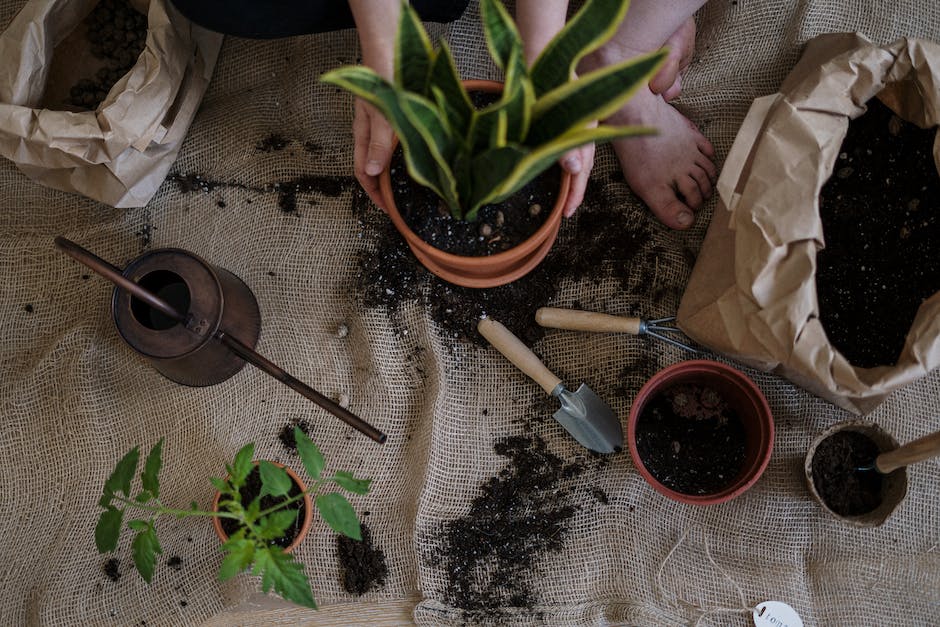
Best Water Based Plant Care Practices
Diving right into the watering techniques suited best for water-loving plants, the first thing to recognize is the frequency of watering. Unlike drought-tolerant specimens, water-loving plants generally require frequent watering, given each plant’s genetics and adaptive traits. However, one shouldn’t overwater, believing that it always benefits these plants. They too can accumulate detrimental effects by becoming waterlogged; therefore, maintaining an ideal watering schedule is essential.
Drainage comes as the next significant aspect. Many enthusiasts overlook this, but ensuring proper drainage is pivotal for water-loving plants to avoid waterlogging. Selecting pots or containers with ample drainage holes ensures surplus water gets drained out, catering to the water requirement without drowning the roots.
Next up is deep watering! This technique is when water is added slowly and deeply until it runs out of the pot’s drainage holes. Deep watering compels roots to grow downwards deeper, resulting in a stronger plant capable of consuming more water.
And then there’s misting — a life-saver for your water-loving foliage, particularly for indoor plants. Houseplants often suffer in the dry indoor environment, but misting creates a humidity blanket around them, mimicking their natural humid habitat, thus promoting healthier growth and longevity. Note: only mist in the early morning or late evening to avoid burning leaves with sun-concentrated water droplets!
Moreover, integrating self-watering systems (like drip systems or wick watering) proves effective for those consistently unable to water their plants. These ingenious systems cater to the constant water need of these plants, whilst avoiding issues like root rot, providing consistent moisture levels. Plus, they save time for those with busier schedules.
Perhaps the most crucial factor to consider is the quality of water. Tap water, often high in chlorine, is harmful over time. Hence, rainwater, distilled or filtered water proves to be the best for watering. If using tap water is the only option, leaving it overnight before usage can help evaporate some harmful elements.
Finally, make consistent checks for proper lighting and aeration. Well-aerated soil contributes significantly to these plants’ health, allowing water and nutrients to penetrate effectively. Simultaneously, maintaining the right balance of light is vital, as too much can lead to leaf burn, while too little can cause leggy growth.
Every plant deserves utmost care, and the joy showered on this process guarantees the healthiest plants possible. Stay observant of each plant’s needs, as they may change with seasons, growth stages, and environments. With the application of these watering techniques, water-loving plants can thrive and flourish, creating a vibrant and lush garden space. It’s all about knowing your plants and maintaining a balance – water, care, sun, and repeat!
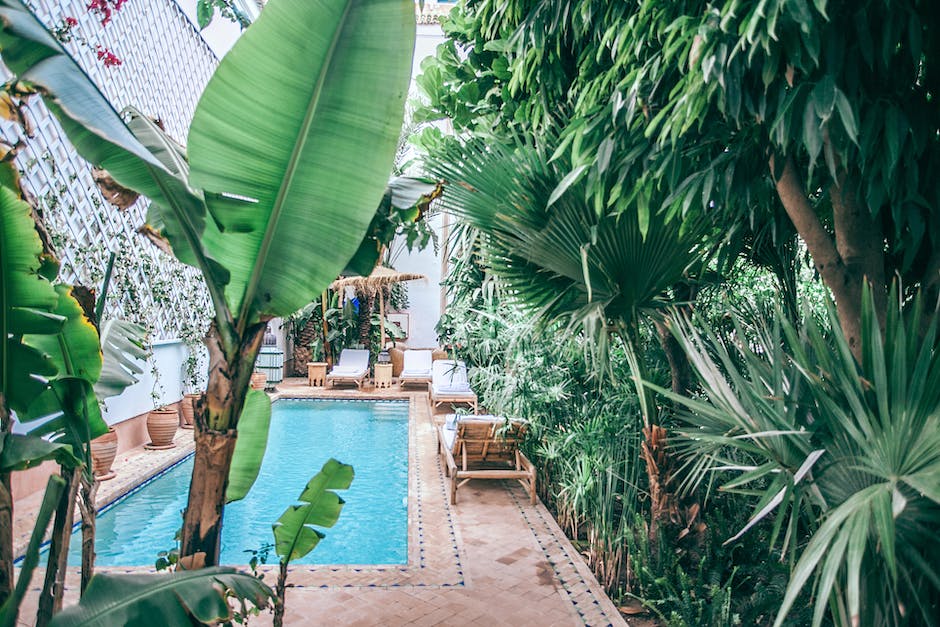
List of Popular Water-Thirsty Plants for Your Garden
Drilling down into specifics, let’s showcase some popular water-loving plants that could grace your garden and their unique watering needs. Equipped with this knowledge, in combination with the previous insights, you’ll be well on your way to nurturing a thriving garden.
Papyrus plants, known scientifically as Cyperus papyrus, are one of the most water-thirsty species. Native to the Nile River’s swampy marshlands, they prefer a well-saturated environment with consistently moist soil. Underwatering can lead to a lackluster growth, while overwatering is a lesser concern.
Rain lilies, or Zephyranthes, are lovely flowering perennials craving moist conditions. They naturally exist in damp habitats ranging from meadows to wetlands. Regular watering throughout the week, maintaining a moist (not soggy) soil, helps these hardy plants flourish.
Want something exotic? Consider the carnivorous plant, Sarracenia. Found in North American wetlands, its cupped leaves function as traps for unsuspecting insects. They thrive best in a semi-submerged condition, using a water tray method.
Pickerel weed, also known as Pontederia cordata, is a water-dwelling wonder flourishing in ponds and water features. This plant thrives when its roots are submerged in water, standing tall ‘in the drink’, displaying its beautiful violet petals.
Now, let’s not forget indoor-friendly water-loving plants. The beautiful Peace lilies (Spathiphyllum sp.) are widely known for their tolerance to lower light and consistent need for water. Despite the forgiving nature, they signal when thirst strikes through leaf drooping. Regular watering, ensuring the soil remains damp, helps achieve their full potential.
The Boston fern (Nephrolepis exaltata) that many of us are familiar with, is another excellent example. These fern varieties are natural to tropical regions characterized by high rainfall leading to their fondness for moisture. Ensuring a constant moist (never waterlogged) soil environment is key to Boston ferns’ success.
Reviving the fun yet intimidating “monster” – Monstera deliciosa also highlights our list. Established plants need a big drink at least once a week, letting the top inch of the soil dry out. Young plants are more demanding, requiring regular watering every few days to maintain moist but well-drained soil.
Lastly, the iconic Chinese evergreen – Aglaonema, enjoys humidity and consistent moisture, but resent waterlogged conditions. Achieving their best requires watering once the topsoil inch is dry.
These are just a handful of water-loving plants to consider. Each needs its unique level of watering, and sensitive adaptation of water amount and frequency can lead to a thriving plant family. Armed with this knowledge, you’re ready to march valiantly into the world of gardening, expanding your green thumb’s capabilities. Happy gardening, folks!
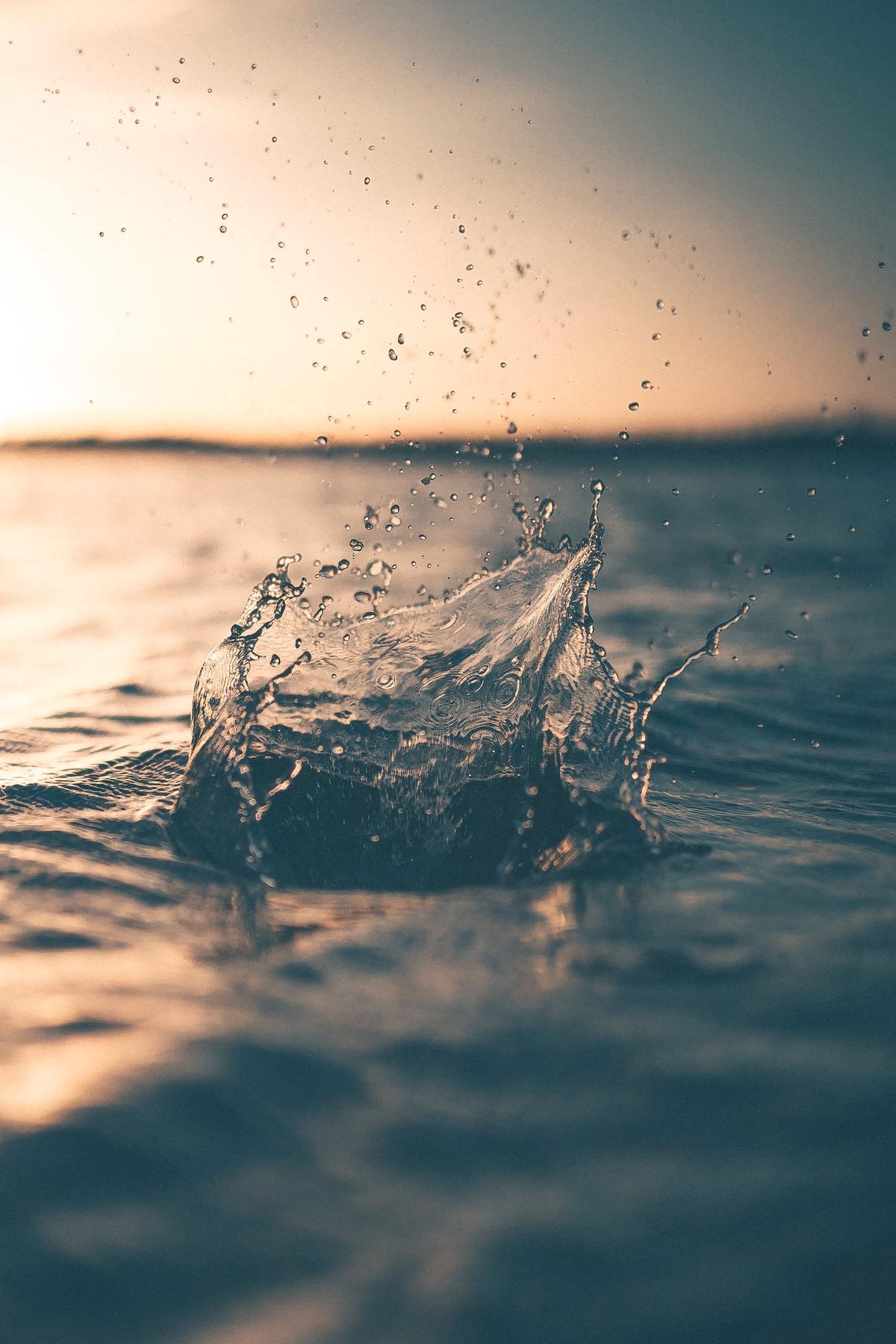
Photo by a2eorigins on Unsplash
Troubleshooting Common Problems with Water-Loving Plants
Now that you have acquainted yourself with the broad spectrum of water-loving plants and their basic needs, let’s shift focus to some of the common challenges faced by gardeners in nurturing these moisture-craving green companions.
Stagnant Water:
One major issue is stagnant water in pots or trays. This can lead to root rot, fungus gnats, and a plethora of other problems. An effective way to counter this is to ensure every pot or container has a good drainage system. Moreover, using materials like perlite, vermiculite, or coarse sand can also improve the soil’s drainage capacity.
Proper Water Distribution:
Watering these plants sounds simple, but there can be hurdles in ensuring each plant gets adequate relief from their aquatic craves. Here, spatial planning can come in handy. Grouping water-loving plants together can make water management less complex and let you provide the right amount of juice to each one.
Disease Control:
Just like their desert-adapting counterparts, water-loving plants are not immune to diseases either. Overwatered conditions might encourage undesirable fungal growth leading to afflictions like powdery mildew and leaf spot. Keeping a vigilant eye can help early detection and control of these diseases. Organic sprays with neem oil or homemade solutions like a mixture of baking soda and water can effectively curb their spread.
Balancing Nutrients:
Water-loving plants require regular feeding, but the excessive water may flush away nutrients from the soil, hindering their growth. Regular additions of organic compost or slow-release fertilizers can help replenish these nutrients and maintain a balanced nutritional diet for these water babies.
Seasonal Adjustments:
Season to season, the needs of your water-loving plants can also shift. Warmer months entail increased evaporation, meaning you may have to up your watering game, while during cooler months, their water requirements may reduce. Consistent monitoring of the plant’s responses will help adjust their watering schedule and help them thrive year-round.
In conclusion, nurturing water-loving plants does pose its own set of challenges, but with attention to detail, keen observation, and the willingness to get a little muddy, these flora companions can flourish brilliantly in your care. After all, there’s nothing more rewarding than seeing your green buddies thrive under your tender nurture. Happy gardening!

Having journeyed through the fascinating world of water-affectionate plants, we can appreciate their unique biological needs, the vital components for their care, and potential solutions to issues they may encounter. As you implement this knowledge and observe your water-loving plants flourish, remember that they are but a microcosm of our planet, testament to the beauty, diversity, and resilience of life dependent on water. More than just a guide, this is an invitation to become an active participant in the world of these plants, to foster appreciation for their beauty and intrinsic value, and to celebrate the profound connection between water, plants, and life itself. Embrace this horticultural adventure with open arms, knowing that in your care, these water-loving plants will truly thrive.



